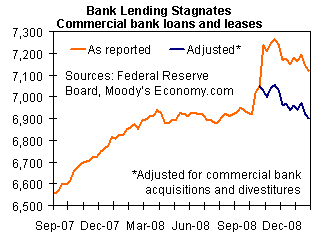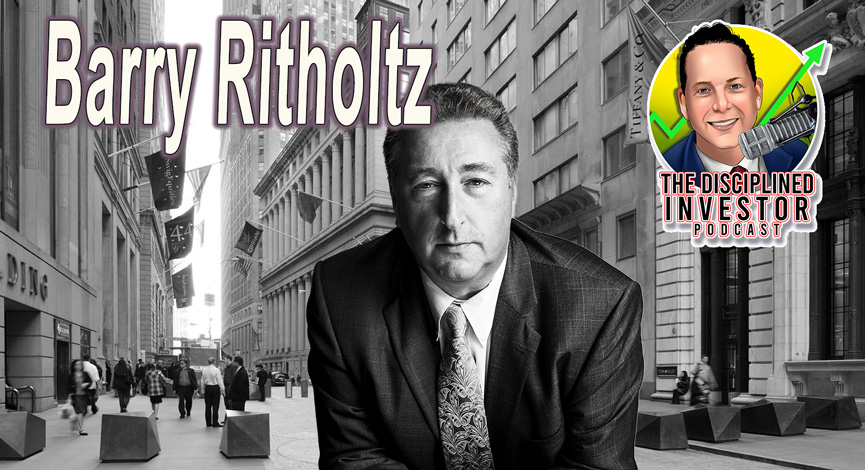 Is there any reason that the TARP is not called by its real name? Maybe the acronym TRAP is more fitting. It appears that the TRAP was simply designed to use taxpayer money to pay for huge trading losses. Right?
Is there any reason that the TARP is not called by its real name? Maybe the acronym TRAP is more fitting. It appears that the TRAP was simply designed to use taxpayer money to pay for huge trading losses. Right?
Now we are going to go through another round of dog-eat-dog on C-SPAN as Congress attempts to foil the plans of Treasury. Hopefully, there is a keen understanding that any pork additions will have to wait until the Obama Rescue. As that is already approaching $1 trillion, there is far more opportunity to bury an additional $100 billion or so of earmarks and general sweeteners.
The good news is that we have a world ready and very willing to work on a coordinated devaluation. Sometime I wonder whether it would be much easier just to agree that all currencies are valued the same and goods and services have a fixed price. This would end the charade that we have a strong dollar policy. ARGH! Just got a cramp I was laughing so hard at the idea of a strong dollar policy… Funny.
The real test of the idea of “CHANGE” will be how the next traucnh of the TRAP is handled. It would be a real confidence builder for investors if there is a real shake-up on the hill. REAL, not just some harsh words and finger pointing.
Someone needs to point out just how dissatisfied we are with the lack of oversight and planning.
Aaron Smith over at Dismal.com wrote an interesting piece that underscores the general failure of the TRAP to do anything more than line the pockets of the executives who willingly pushed the world economies on the the edge of disaster.
The principal impediments to an economic recovery are the hobbled financial system and what will likely be a prolonged period of heightened risk aversion. The crunch will eventually ease, but it will take some years for credit to flow freely again. The banking system has more losses to digest””from deteriorating consumer, commercial real estate, and corporate loans””and it will be difficult for banks to attract new private capital.
The unwillingness of private sector firms to lend to one another has made Fed liquidity actions necessary, including more aggressive forms of quantitative easing. In particular, the surge in excess bank reserves has not yet led banks to increase lending and expand their overall balance sheets. The Fed’s weekly bank asset and liability report shows a stagnant trend in loans outstanding, and weakness has been noticeable recently. After taking into account firms’ tapping of existing credit lines, which does not constitute new lending, and discontinuity in the data owing to bank acquisitions””for example, a saving institution that the FDIC took over and then sold””loans and leases on bank books have changed little since March.
On the other hand, the Fed’s balance sheet expansion through various lending windows has prevented an even more severe crisis. By lending to banks and buying commercial paper and now mortgages, the Fed is going where private investors fear to tread. The hope is that government actions will bolster confidence and thaw frozen markets. Though there is no evidence banks have stopped tightening lending standards, and though spreads on consumer and business debt have improved only tentatively, Treasury yields and mortgage rates have fallen sharply in recent weeks.
Private lending is not likely to turn up quickly””banks will not expand their loan books until their capital positions are fully restored. Even when lending resumes, lenders will demand substantial risk premia in the form of higher interest rates and fees, raising the cost of capital for household and corporate borrowers. However, the Fed’s actions should at least limit the amount of balance sheet contraction. Extremely wide credit spreads for even low-risk assets should eventually provide enough incentive for financial institutions to resume lending to creditworthy borrowers.
While we know that the banking industry needs to lend money to bring in revenue, it appears that they are smart enough to understand that the current climate is not working in their favor. Also, continuing/ongoing mass layoffs do not provide them with any relief from expanding delinquencies. How can we blame them? Business is business.
The only ones with their heads in the sand is the FED and the TREASURY. That doesn’t appear to show any signs of changing either.
DO NOT mistake that for sympathy for the bank or the banking system. It is just a reality…for now.
—

















